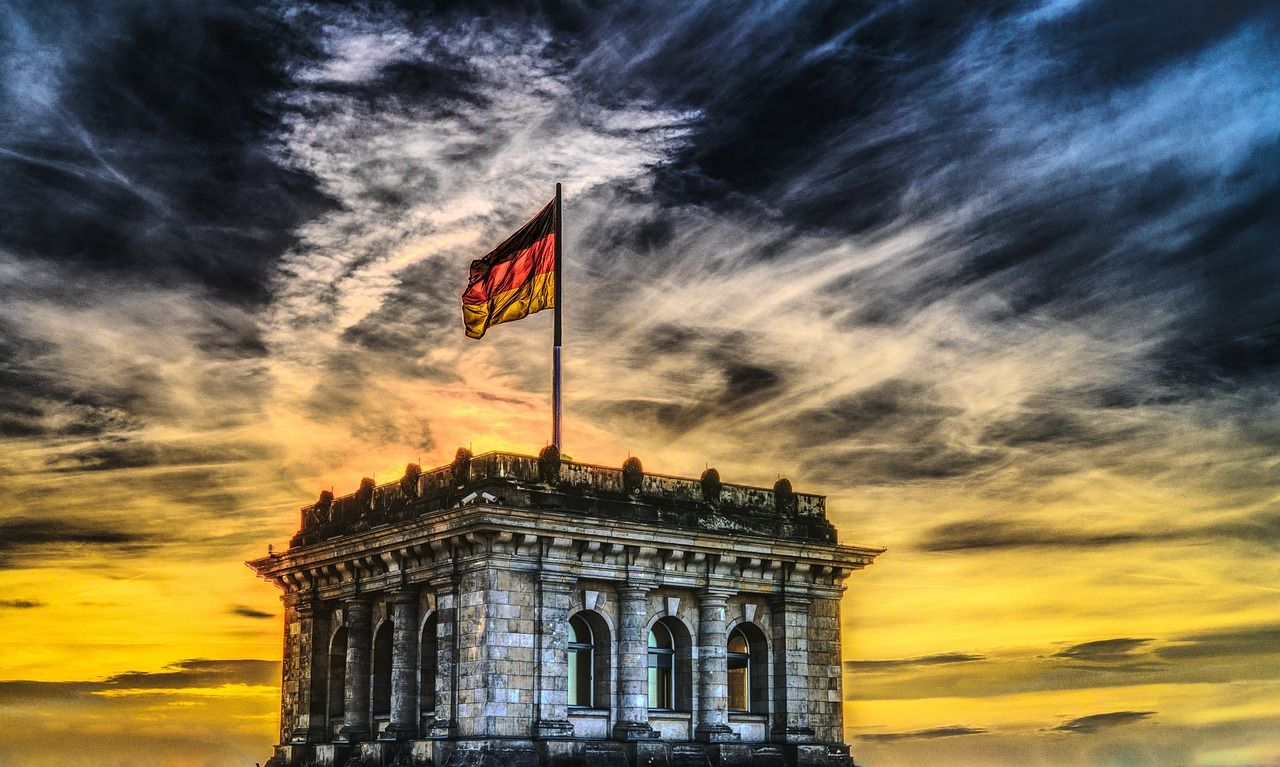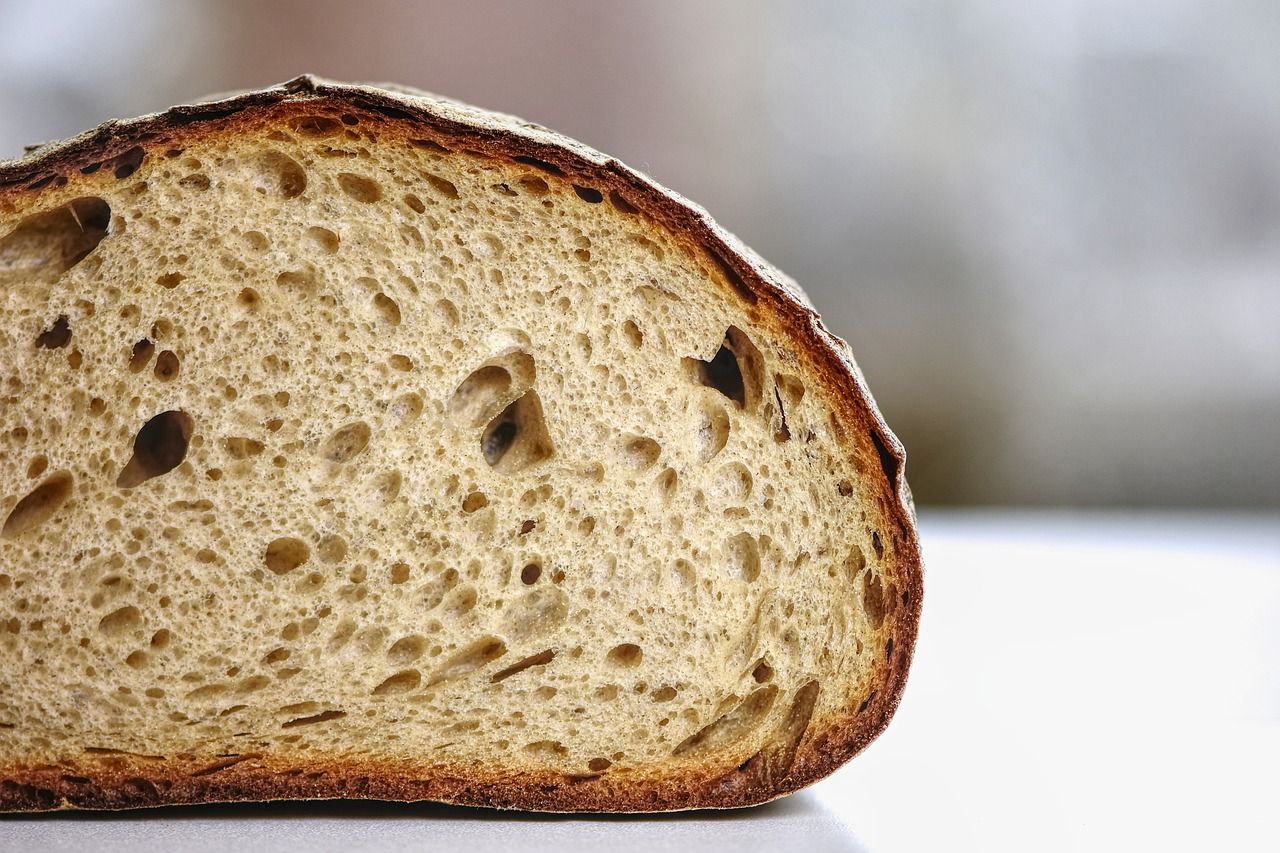
The German Empire Just lost the first World War, and as a result the German Empire was abolished in a revolution and a new Weimar Republic was established as the new Germany.
Weimar Germany was really devastated by the war, with infrastructure destroyed and chaos all over the country.
To worsen matters, The economy was in ruins,
unemployment was on the high, and the government had no money.
In a desperate attempt by the government to pay off reparations and cover debts, the government resorted to reckless money printing.
Which violated the Quantity Theory of money which shows that when money supply goes up price level also goes up as long as output remains constant and as a result led to prices skyrocketing at a very high rate.

In November 1923, prices of Goods were doubling every few hours. People needed to stack cash on wheelbarrows to buy basic necessities like bread. For instance, a loaf of bread that cost 250 marks in January 1923 skyrocketed to 200 billion marks by November same Year.

For instance in a practical example if a local bakery can produce 20 loaves of bread per day and sell for $10 dollar per one in a little village with a population of 30 people where average income is $15 per day and suddenly the head of the village gifted every body additional $15 increasing average earnings to around $30 per day and seeing everyone loves bread in the town and all the 30 villagers now want to buy bread every day but the bakery can only supply 20 automatically due to excess demand over supply price of bread would increase and which means the villagers would now have to pay $15 per loaf.
This hyperinflation destroyed savings and destabilized the economy.